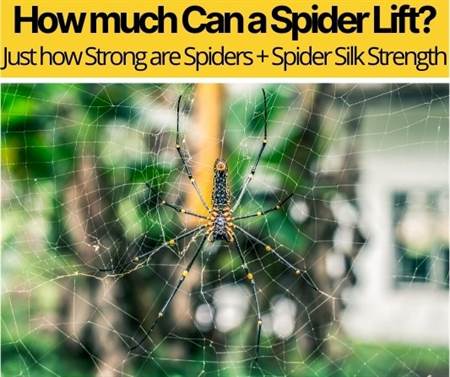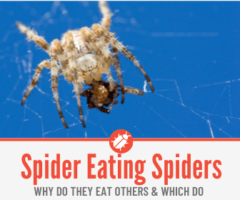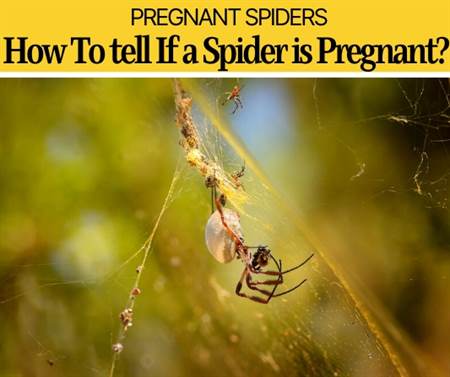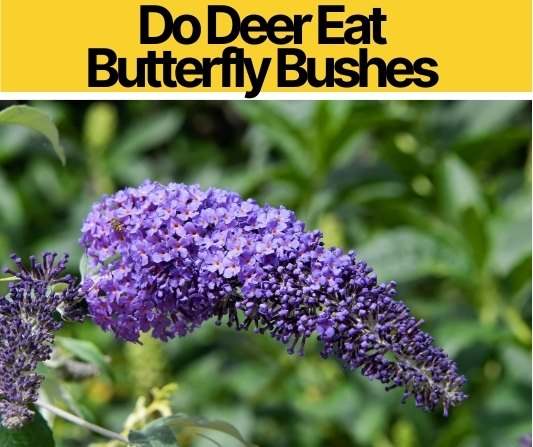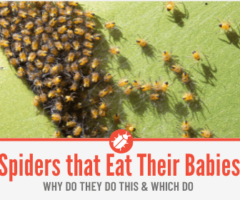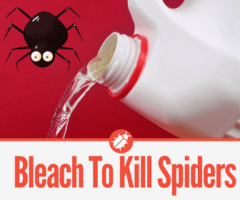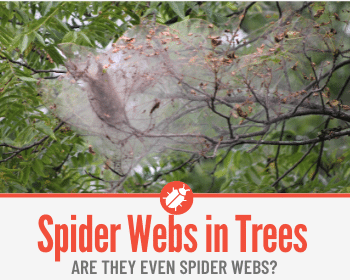 Wondering what are the Cobweb like things in the trees? Not sure Which spiders are responsible for making these huge spider webs in trees?
Wondering what are the Cobweb like things in the trees? Not sure Which spiders are responsible for making these huge spider webs in trees?
In this guide you will learn:
- Who is Responsible for Making large spider webs in trees,
- How to Identify Fall webworms and Tent Caterpillars,
- Are these ”Spider webs” Bad for the trees,
- How to Get rid of these Webs and Prevent them in future.
What Spiders Make Huge Webs in Trees?
So you think you have a spider problem? The chances are you don’t.
The white mass of web that looks just like Spider Webs in your tree is more likely to be home to a family of deceptive caterpillars.
This article will help you identify exactly who is spinning havoc and what to do about them.
In most cases, there are two species that could be responsible for the webs. The fall webworms and the tent caterpillar.
When it comes to actual spiders Making large webs in trees, Funnel Weaver Spiders are also known to do this, however, this is not as common!
Fall Webworms
Indicative of its name, fall webworms are prevalent in Fall and late Summer.
They are most common to make large webs on fruit trees, but aren’t fussy eaters and will feed on many species of hardwood including Pecan, Pine, Walnut and Oak.
Why do Fall Webworms Build Webs in Trees?
Fall webworms permanently reside in their nests which enclose the tips of branches for feeding on leaves.
The webs, therefore, provide them with both a feeding ground and shelter.
Where do Fall Webworms come from?
Native to North America, they range from Canada to Mexico.
In the 21st century, they have also been introduced to most of Europe, Central Asia and Eastern Asia, including Japan.
Identifying Fall Webworms
The caterpillars are approximately 1½ inches long and have a pale yellow to dark grey colour with fuzzy bristles and sometimes dark spots or stripes.
Over winter, they pupate in white cocoons and in Summer emerge as white moths to lay white eggs.
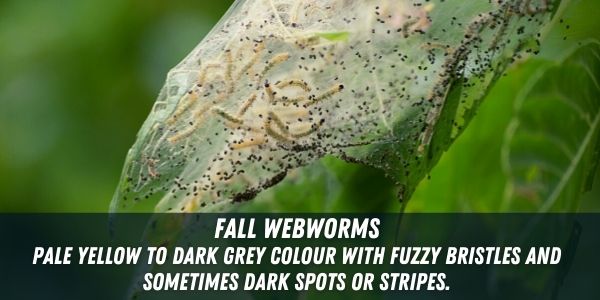
Tent Caterpillar
Often confused with the fall webworm is the tent caterpillar.
There are four closely related species of the tent caterpillar common to North America: the Eastern, Western, Sonoran and Forest.
In mid-Spring and early Summer, tent caterpillars typically feed on wild cherry trees and ornamental fruit trees.
Some species, like the Western tent caterpillar and forest tent caterpillar, are also fond of deciduous hardwoods such as Oak, Hawthorn, Willow, Aspen and Birch.
Why do Tent Caterpillars Build Webs in Trees?
Eastern and Western tent caterpillars build their neat tent-like webs in the crotches and forks of branches where they can shelter from predators during the day and in bad weather.
At night, they travel to the leaves to feed, leaving a pheromone trail to follow back to the tent.
The broadest wall of the web is likely to face south-east to take advantage of morning sunlight.
Sonoran tent caterpillars build smaller webs to shelter while the forest tent caterpillar build a loose mat on trunks where many caterpillars will congregate to rest.
Where do Tent Caterpillars come from?
Tent caterpillars are most common in North America from Southern Canada to Mexico. As the names suggest, Eastern tent caterpillars are typically found in the East, and Western tent caterpillars in the West, along with Sonoran tent caterpillars.
Forest tent caterpillars are found throughout North America.
Identifying Tent Caterpillars
- Eastern tent caterpillars have a black body with blue spots and a white stripe.
The adult moth appears in late Summer with a reddish-brown colour and a diagonal white stripe on each wing.
- Western tent caterpillars have a blue body with orange spots and black stripes.
The moth is orangish-brown with two yellow narrow stripes on each wing.
- Forest tent caterpillars have a black body with blue and white spots.
The moths are tan with dark stripes.
- Sonoran tent caterpillars have black and orange vertical stripes and horizontal blue stripes.
The moths are tan with two darker brown horizontal lines on each wing.
From the end of June to mid-July, all tent caterpillar species form white cocoons.
In late Summer, the moths emerge and deposit eggs which appear in dark brown or grey shiny masses encircling twigs over fall and winter.
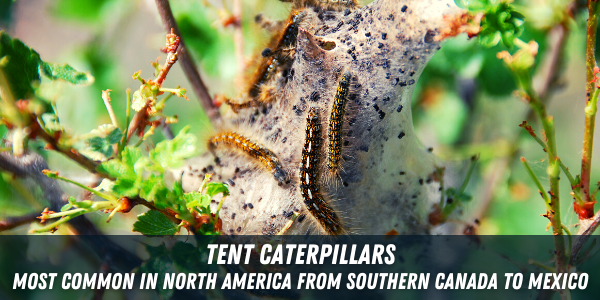
Spring Webworms
If your resident Spring web-spinning caterpillars appear more like fall webworms than tent caterpillars, this is likely due to the two generational annual cycle of fall webworms.
In Spring, a smaller population appears, their webs usually only enclosing a few leaves.
Without examining the coat colours, these could be confused with the small webs of Sonoran tent caterpillars.
Fall Webworm vs Tent Caterpillar
The key identifying differences between fall webworms and tent caterpillars are:
- Fall webworms build large webs in trees Fall. Tent caterpillars build webs in Spring and later Summer
- Fall webworms build webs at the tips of branches. Tent caterpillars build webs at the crotches of branches.
- Fall webworms remain in webs at all times. Tent caterpillars migrate to leaves during the day.
- Fall webworms lay white eggs. Tent caterpillars lay dark brown or grey eggs.
- Fall webworm moths are white. Tent caterpillar moths are reddish-brown, orangish-brown or tan.
Funnel Weaver Spiders
But let’s not be too quick to point the finger at caterpillars. Spiders may not be entirely innocent and can also sometimes make these large webs in trees.
The funnel weaver spider creates unusual sheet-like webs in sheltered areas of trees, such as in hollowed out trunks.
These spider webs are distinguishable from the Eastern tent caterpillar and Fall webworm by the single layered tunnel-like structure.
Why do Funnel Weaver Spiders Build Webs in Trees?
Like many species of spiders, funnel weaver spiders create their webs in trees to entrap prey in their sticky threads.
Their tunnel-like web also serves as a burrow to shelter from predators and the elements.
Identifying Funnel Weaver Spiders
When fully grown, funnel weaver spiders are 1/3-2/3 inches long with eight bristly legs and a brown or grey colour.
They also have eight eyes and two segments to their body.
Their webs in trees will typically be in dark areas of the tree such as a hollowed-out trunk or in sheltered crevices.
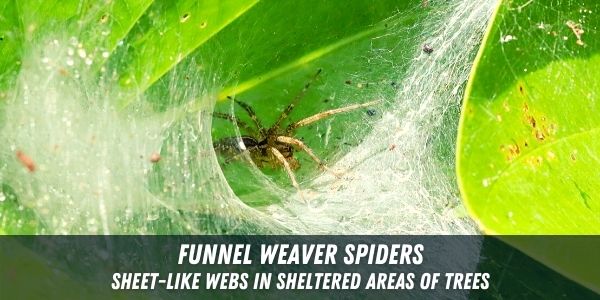
Webs in Pine Trees and Christmas Trees
If the webs in question are on a Pine tree, like many types of Christmas tree, there are a few other possibilities to consider.
Pine Processionary Moth
Native to Southern Europe, North Africa and the Middle East, the pine processionary moth (PMM) weaves silken webs in January on many species of pine such as Scots pine, Austrian pine and Aleppo pine.
These webs can be as large as basketballs and as the caterpillars feed on pine needles they become discoloured.
The caterpillars are hairy with an orange-brown colour and blue bands. They travel in long processions, hence the name. The moths are cream with brown markings.
Bark Lice
Also known as psocids, bark lice weave thin webs on the trunks of trees to live under and feed on organic debris like dead bark, mould and pollen.
The webs are made to shelter from the elements and predators.
Webs in Oak Trees
Oak Processionary Moth
Native to Southern, Central and Western Europe, the oak processionary moth (OPM) builds webbed nests between late Spring and early Summer on the trunks and branches of oak trees.
Like the Pine Processionary Moth, the webs discolour and large populations can strip trees of their leaves.
The caterpillars are dark grey with white bristles. The moths are dark brown with a wide dark brown band across the wings.
Bark Lice
Oak trees are also known to have bark lice, but like on pine, they only feed on the organic debris on bark.
Trees Cocooned in Giant Webs after Flooding
In a bizarre natural phenomenon, after flooding, trees may be left suffocating under a ghoulish blanket of web.
This occurs when flood water forces ground-dwelling spiders to seek shelter in the higher branches of trees.
Are these “Spider Webs” Bad for Trees?
Fall Webworm Webs
Fall webworms in trees enclose the tips of tree branches and feed on their leaves, leading to the defoliation of many deciduous trees such as Pecan, Walnut and Oak.
They have also been known to attack Pine trees, including Christmas trees.
Once the larva stage passes and the moths emerge, most healthy trees will recover without lasting damage.
However, loss of leaves and numerous webs may damage the aesthetic of ornamental trees, a particular nuisance in show gardens and for Christmas tree growers.
Tent Caterpillar Webs
Tent caterpillars travel from their nests at the crotches of branches and feed on leaves for around six weeks in Summer before going into their cocoons.
In this short time, damage is usually minor, however, like with fall webworms, these ”spider” webs in trees and leaf loss may reduce attractiveness.
For horse lovers, tent caterpillars pose a significant risk to pregnant mares and if ingested, can trigger abortion.
Funnel Weaver Spider Webs
Funnel weaver spiders are not harmful to humans and they have the benefit of feeding on insects such as mosquitoes, but their spider webs in trees may also be considered an eyesore.
Bark Lice Webs
Bark lice spin their webs on the bark and feed on organic debris. Since much of this debris is considered harmful to trees, this is a benefit.
Webs Killing Trees
Fall Webworms and Tent Caterpillars
Large colonies of fall webworm and tent caterpillar may defoliate a tree so much it is unable to recover and due to reduced photosynthesis, dies.
This is more likely in young trees, where leaf loss can easily lead to stunted growth or death.
In plant nurseries, an infestation may therefore pose a significant risk.
Pine Processionary Moths and Oak Processionary Moths
In some regions, the damage of pine processionary moths is devasting. Travelling in large colonies, they have been known to devour newly forested areas by stripping pines of their needles.
Well-established trees will likely survive the caterpillar feeding but are left vulnerable to disease and other pests which may kill it too.
The hairs on the caterpillars of Pine Processionary Moths and oak Processionary Moths can also irritate the skin, eyes and throats of humans and animals. If you, a child or pet come in contact with Pine Processionary Moth or Oak Processionary Moths caterpillar, seek medical or veterinary advice urgently.
Oak Processionary Moths
Similar to Pine Processionary Moths, oak processionary moths can strip oak trees in large populations. Although they are left vulnerable to disease and pests, well-established trees can usually withstand the infestation. However, in areas with oak decline, where there may be schemes to plant young trees, the Oak Processionary Moths can pose a high threat.
Like the Pine Processionary Moths, the Oak Processionary Moths caterpillars are also an irritant to the skin, eyes and throats of humans and animals.
Flood Webs
In some cases, the tree may become so entombed by flood-fleeing spiders, light is blocked and photosynthesis can no longer occur.
This is driven by a booming population of mosquitoes that thrive in the stagnant flood water and make the perfect feast for millions of spider hatchlings.
Fortunately for local human residents, these spiders can help flatten the rise in malaria cases expected after flooding in many parts of the world.
How to Remove these “Spider Webs” from Trees
Removing Fall Webworms and Tent Caterpillars webs from trees.
Although fall webworms and tent caterpillar webs in trees do not usually pose a risk, there are methods to remove them from many species of trees, including Pecan, Walnut, Pine, Oak and Christmas trees.
The Quick and Easy Fix
Remove webs in trees using a broom or prune infested branches. Where the nests are out of reach, blasting with a high-pressure hose can be an effective method.
Removing nests should solve a fall webworm tree infestation. However, tent caterpillars migrate to feed on leaves during the day so targeting their webs at night would be more effective.
Alternatively, search foliage during the day and crush caterpillars as they feed.
When removed, collect up the webs and caterpillars and dunk them in soapy water. Avoid burning the nests or any organic material to avoid air pollution.
Over winter search tent caterpillar infested trees for eggs which will appear in dark brown or grey masses. Simply scrape these off before they have a chance to hatch and begin another life cycle.
Similarly, with fall webworm infested trees, search for white eggs in Summer and remove.
A Biological Approach
Manipulation of the natural ecosystem can be used to keep caterpillars at bay. Parasitic wasps, birds and lizards predate caterpillars and promoting them will keep numbers of them down and these spider webs in trees to a minimum.
To attract birds, leave seed out, install a bird bath and keep the area cat free. For parasitic wasps, grow plants with nectar-rich small flowers such as thyme and dill.
They are also attracted to moisture so a bird bath could help here too. Lizards like tall grasses, a ground level water source and flat stones to bask in the sun.
Not only will higher populations of these animals help reduce the caterpillars, but it will boost the biodiversity of the area, providing all manner of benefits.
A Chemical Approach
Environmentally friendly insecticides such as Bacillus thuringiensis (Bt) can be used. Bt makes toxins that target and kill caterpillars when digested but do not harm other species such as birds and pollinating insects.
It is ideal for use against tent caterpillars in the larvae stage from May to June and against fall webworms from early Fall to late Summer to prevent them from making these spider web looking webs in trees. This is when the caterpillars are building nests and feeding on foliage.
Dormant oil may also be used to smother the eggs and prevent hatching.
This should be painted on eggs over winter for Tent caterpillars and in Summer for Fall webworms.
Many non-natural pesticides will also effectively kill caterpillars at all life stages. However, they will take beneficial insects and much of your garden’s biodiversity with them.
Keeping Trees Permanently Webworm and Tent Caterpillar free
Once the infestation is tackled, natural methods can prevent another.
Firstly, keep promoting predating birds, lizards and wasps to keep numbers low.
You can also put sticky substances around the trunks of trees such as honey or duct tape to prevent caterpillars crawling up.
There are also natural repellents that can be used to ensure caterpillars do not choose your tree as their next feeding ground.
For example, painting a concoction of garlic, hot pepper, dish soap and horseradish onto foliage repels egg-laying moths as well as planting sage, lavender and mint nearby.
Pine Processionary Moth and Oak Processionary Moth
Due to their toxicity, it is not advised to tackle a Pine Processionary Moths or Oak Processionary Moths infestation without specialist protection and equipment.
Although Bt pesticide is said to work in the earlier stages of the caterpillar life cycle (April-June), it is best to leave the job to a professional pest remover.
Although there are some low-risk methods that can be tried first.
There are few brave birds willing to take on Pine Processionary Moths and Oak Processionary Moths caterpillars, but when in the moth stage at the end of summer, attracting predating birds and bats to the area will input some biological control.
A pheromone moth trap hung from the end of May will also trap male moths so the females can not be fertilised and reproduce.
Installing a trunk trap by mid-February catches caterpillars processing down the tree and collects them in a bag.
The bag can then be handled and disposed of without risk of touching caterpillars.

